Mercedes B Class vs VW ID. Buzz Bus – Which one offers the better deal?
Everyday use, family trips or long-distance drives – here’s where the differences show.
Discover whether Mercedes B Class or VW ID. Buzz Bus fits your lifestyle better.
Costs and Efficiency:
Looking at overall running costs, both models reveal some interesting differences in everyday economy.
Mercedes B Class has a clearly perceptible advantage in terms of price – it starts at 33100 £, while the VW ID. Buzz Bus costs 42900 £. That’s a price difference of around 9726 £.
As for range, the VW ID. Buzz Bus performs significantly better – achieving up to 485 km, about 402 km more than the Mercedes B Class.
Engine and Performance:
Under the bonnet, it becomes clear which model is tuned for sportiness and which one takes the lead when you hit the accelerator.
When it comes to engine power, the VW ID. Buzz Bus has a clearly perceptible edge – offering 340 HP compared to 238 HP. That’s roughly 102 HP more horsepower.
In acceleration from 0 to 100 km/h, the VW ID. Buzz Bus is hardly perceptible quicker – completing the sprint in 6.10 s, while the Mercedes B Class takes 6.50 s. That’s about 0.40 s faster.
In terms of top speed, the Mercedes B Class performs distinct better – reaching 250 km/h, while the VW ID. Buzz Bus tops out at 160 km/h. The difference is around 90 km/h.
There’s also a difference in torque: VW ID. Buzz Bus pulls clearly perceptible stronger with 679 Nm compared to 450 Nm. That’s about 229 Nm difference.
Space and Everyday Use:
Cabin size, boot volume and payload all play a role in everyday practicality. Here, comfort and flexibility make the difference.
Both vehicles offer seating for 5 people.
In curb weight, Mercedes B Class is convincingly lighter – 1405 kg compared to 2400 kg. The difference is around 995 kg.
In terms of boot space, the VW ID. Buzz Bus offers significantly more room – 1340 L compared to 455 L. That’s a difference of about 885 L.
In maximum load capacity, the VW ID. Buzz Bus performs noticeable better – up to 2205 L, which is about 665 L more than the Mercedes B Class.
When it comes to payload, VW ID. Buzz Bus barely noticeable takes the win – 600 kg compared to 550 kg. That’s a difference of about 50 kg.
Who wins the race?
The VW ID. Buzz Bus proves to be leaves the rival little chance and therefore becomes our DriveDuel Champion!
VW ID. Buzz Bus is the better all-rounder in this comparison.
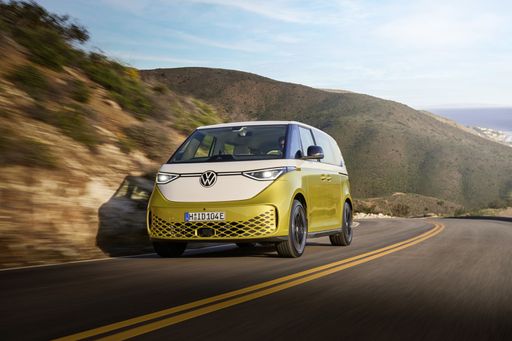
VW ID. Buzz Bus
Mercedes B Class
The Mercedes-Benz B-Class offers a blend of practicality and luxury that sets it apart in the compact MPV segment. Its spacious and versatile interior is complemented by high-quality materials and a sleek design, making it ideal for both families and individuals seeking a touch of elegance on their daily commute. Advanced technology and safety features round out the package, ensuring a comfortable and secure driving experience.
details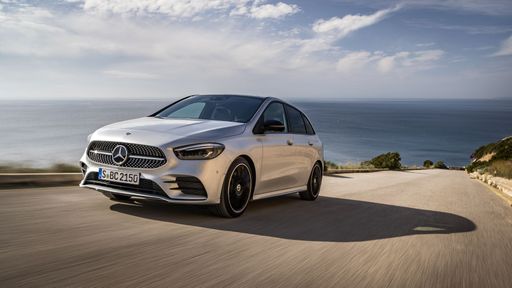 @ group-media.mercedes-benz.com
@ group-media.mercedes-benz.com
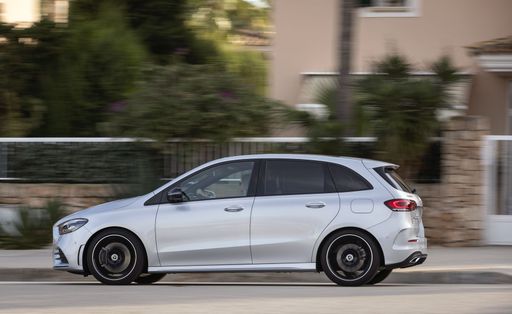 @ group-media.mercedes-benz.com
@ group-media.mercedes-benz.com
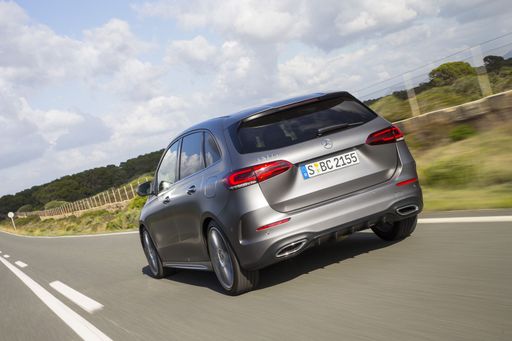 @ group-media.mercedes-benz.com
@ group-media.mercedes-benz.com
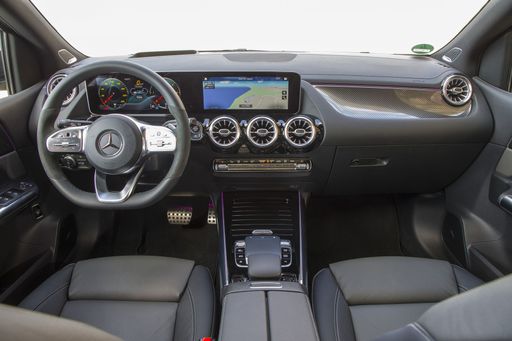 @ group-media.mercedes-benz.com
@ group-media.mercedes-benz.com
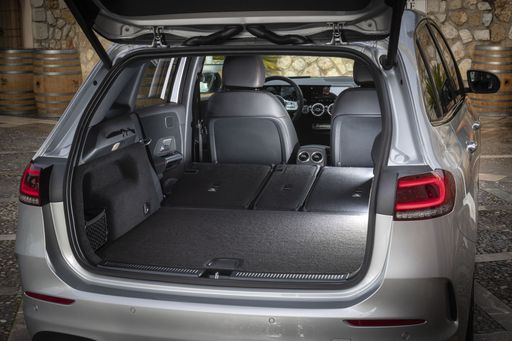 @ group-media.mercedes-benz.com
@ group-media.mercedes-benz.com
VW ID. Buzz Bus
The VW ID. Buzz Bus marks a bold step into the future with its blend of retro charm and innovative electric technology. This all-electric vehicle offers an impressive range, making it ideal for both urban driving and longer excursions. Its spacious interior and advanced connectivity features ensure a comfortable and connected journey for all passengers.
details @ Volkswagen
@ Volkswagen
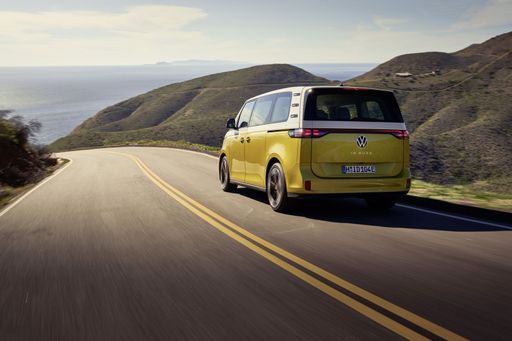 @ Volkswagen
@ Volkswagen
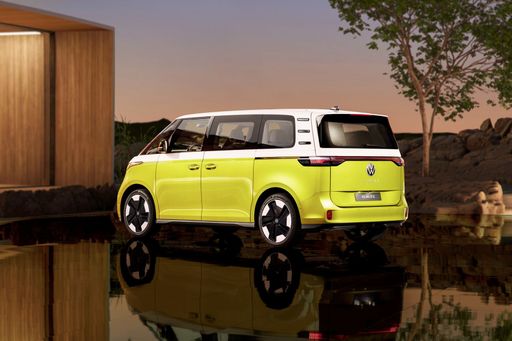 @ Volkswagen
@ Volkswagen
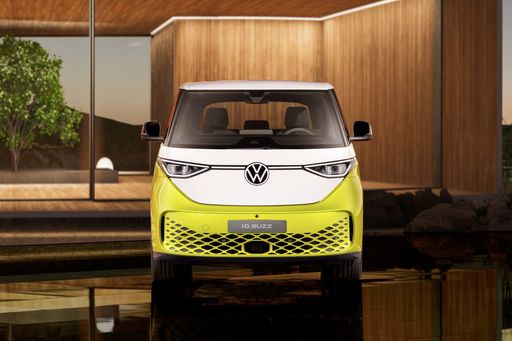 @ Volkswagen
@ Volkswagen
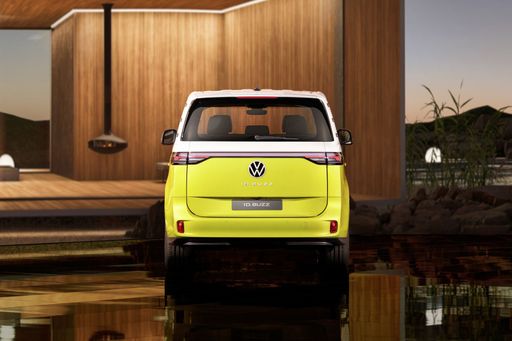 @ Volkswagen
@ Volkswagen
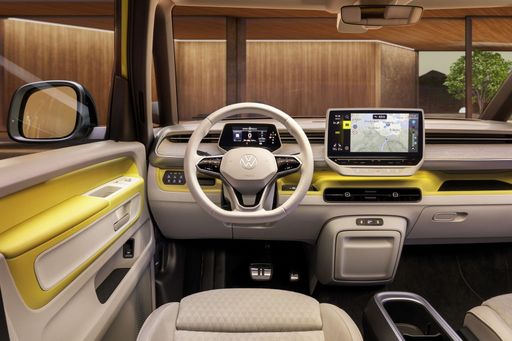 @ Volkswagen
@ Volkswagen
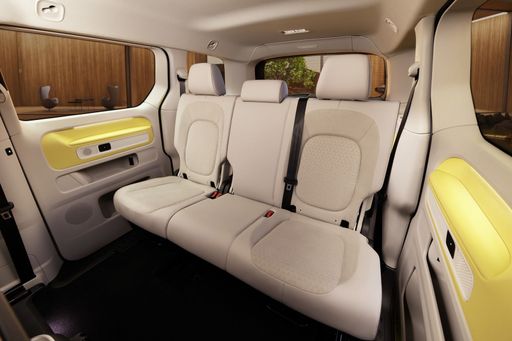 @ Volkswagen
@ Volkswagen
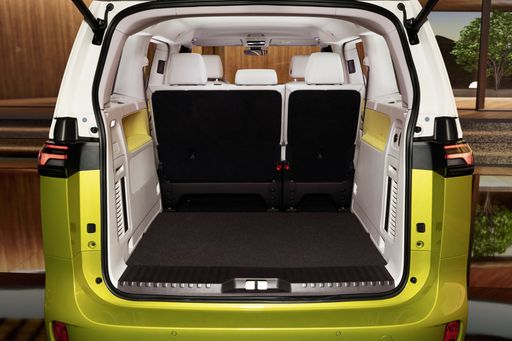 @ Volkswagen
@ Volkswagen
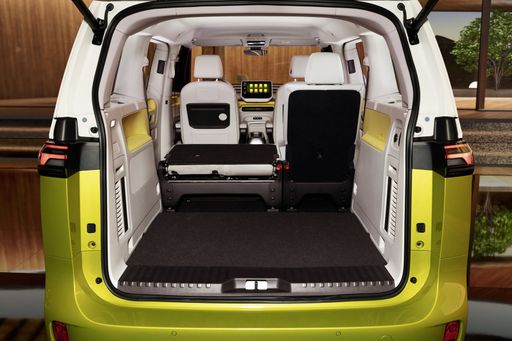 @ Volkswagen
@ Volkswagen

|

|
|
|
|
Costs and Consumption |
|
|---|---|
|
Price
33100 - 52500 £
|
Price
42900 - 64200 £
|
|
Consumption L/100km
2.5 - 6.9 L
|
Consumption L/100km
-
|
|
Consumption kWh/100km
-
|
Consumption kWh/100km
19 - 20.6 kWh
|
|
Electric Range
83 km
|
Electric Range
329 - 485 km
|
|
Battery Capacity
12.90 kWh
|
Battery Capacity
59 - 86 kWh
|
|
co2
56 - 156 g/km
|
co2
0 g/km
|
|
Fuel tank capacity
35 - 51 L
|
Fuel tank capacity
-
|
Dimensions and Body |
|
|---|---|
|
Body Type
MPV
|
Body Type
Bus
|
|
Seats
5
|
Seats
5
|
|
Doors
5
|
Doors
5
|
|
Curb weight
1405 - 1745 kg
|
Curb weight
2400 - 2780 kg
|
|
Trunk capacity
405 - 455 L
|
Trunk capacity
1121 - 1340 L
|
|
Length
4419 mm
|
Length
4712 - 4962 mm
|
|
Width
1796 mm
|
Width
1985 mm
|
|
Height
1562 mm
|
Height
1924 - 1927 mm
|
|
Max trunk capacity
1440 - 1540 L
|
Max trunk capacity
2205 L
|
|
Payload
505 - 550 kg
|
Payload
462 - 600 kg
|
Engine and Performance |
|
|---|---|
|
Engine Type
Plugin Hybrid, Petrol MHEV, Diesel
|
Engine Type
Electric
|
|
Transmission
Automatic
|
Transmission
Automatic
|
|
Transmission Detail
Dual-Clutch Automatic
|
Transmission Detail
-
|
|
Drive Type
Front-Wheel Drive, All-Wheel Drive
|
Drive Type
Rear-Wheel Drive, All-Wheel Drive
|
|
Power HP
116 - 238 HP
|
Power HP
170 - 340 HP
|
|
Acceleration 0-100km/h
6.5 - 10 s
|
Acceleration 0-100km/h
6.1 - 10.7 s
|
|
Max Speed
200 - 250 km/h
|
Max Speed
145 - 160 km/h
|
|
Torque
200 - 450 Nm
|
Torque
310 - 679 Nm
|
|
Number of Cylinders
4
|
Number of Cylinders
-
|
|
Power kW
85 - 175 kW
|
Power kW
125 - 250 kW
|
|
Engine capacity
1332 - 1991 cm3
|
Engine capacity
-
|
General |
|
|---|---|
|
Model Year
2024 - 2025
|
Model Year
2024
|
|
CO2 Efficiency Class
B, D, E, F
|
CO2 Efficiency Class
A
|
|
Brand
Mercedes-Benz
|
Brand
VW
|
What drivetrain options does the Mercedes B Class have?
The Mercedes B Class is offered with Front-Wheel Drive or All-Wheel Drive.
The prices and data displayed are estimates based on German list prices and may vary by country. This information is not legally binding.
